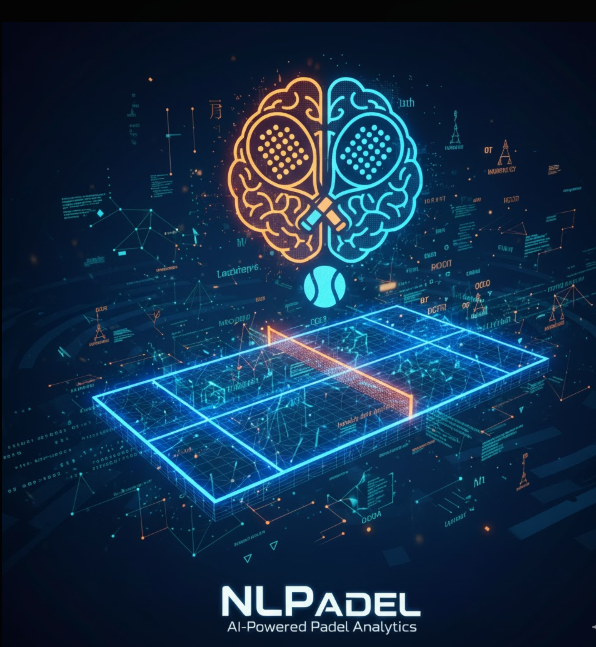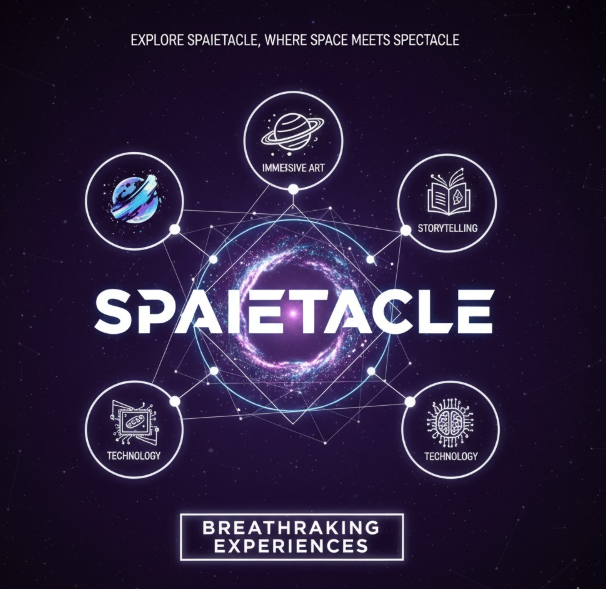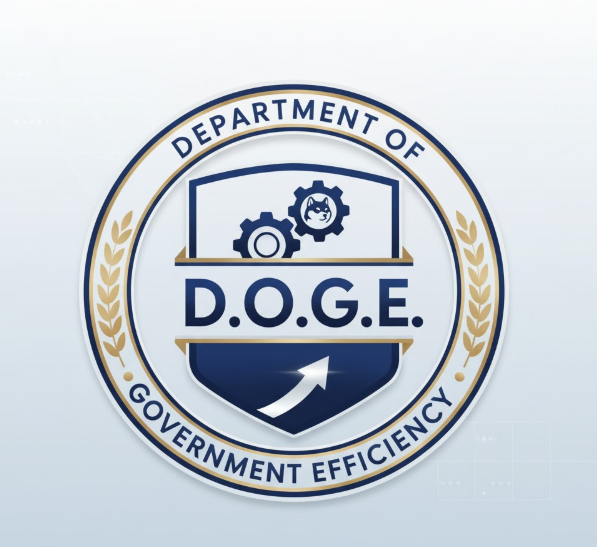NLPadel The AI-Powered Future of Padel Sports
Padel has become one of the fastest-growing racket sports in the world — and now, it’s evolving again with the rise of NLPadel. What began as a social, accessible sport blending tennis and squash is now transforming into a high-tech performance ecosystem powered by Artificial Intelligence (AI), Neuro-Linguistic Programming (NLP), and neuroscience.
NLPadel is more than just a new way to play; it’s a revolution that merges technology, psychology, and community to create a smarter, more connected generation of players. From local Dutch courts to international arenas, this is redefining how athletes train, compete, and think.
What Is NLPadel?
NLPadel stands for a modernized version of the traditional padel ecosystem — one that integrates AI-based analytics, NLP mental conditioning, smart rackets, and wearable technology to enhance every aspect of player performance.
It’s not a new sport but an evolved form of padel that focuses on data, mindset, and personalized coaching. The “NL” initially refers to the Netherlands, where this innovation gained traction, but now it represents a global philosophy: New Learning, Next-Level, and Neural Logic in sports.
In short, NLPadel = Technology + Psychology + Community + Sports Innovation.
The Evolution of Padel to NLPadel
Padel originated in Mexico in the late 1960s, created by Enrique Corcuera, who designed a smaller court surrounded by walls. The game quickly spread to Spain and Argentina, where it found passionate followers and professional tournaments.
By the 2000s, padel became one of Europe’s most exciting sports, especially in Spain, Italy, and Sweden. In the Netherlands, however, padel took a unique direction — blending Dutch innovation, digital tools, and AI-based analysis to create a smarter version of the sport.
That’s where NLPadel emerged:
A system that integrates mental programming, technology, and community development into one cohesive experience.
The Philosophy Behind NLPadel
NLPadel operates on one central idea:
“A stronger mind creates a smarter athlete.”
Instead of focusing only on physical drills, NLPadel introduces a holistic performance model — where mental strength, data insights, and neuroscience principles play equal roles.
The system combines four foundational pillars:
- Neuro-Linguistic Programming (NLP) – builds focus, motivation, and emotional control.
- Artificial Intelligence (AI) – analyzes player data, suggests improvements, and predicts outcomes.
- Wearable Technology – tracks performance metrics in real time.
- Neuroscience Principles – optimize brain functions for quicker learning and better reactions.
This blend allows NLPadel players to train smarter, react faster, and perform stronger both mentally and physically.
The Four Pillars of NLPadel
1. Neuro-Linguistic Programming (NLP) – Mastering the Padel Mind
NLP is about understanding how language, thought patterns, and emotions shape behavior. In NLPadel, it’s used to help athletes:
- Stay calm under competitive pressure.
- Build positive “anchors” to recall confidence during crucial moments.
- Visualize success and mentally rehearse winning strategies.
- Reframe mistakes as learning opportunities.
- Strengthen self-talk for better focus and consistency.
For instance, a player who loses focus after missing a serve can use NLP “anchoring” — pressing the racket handle while visualizing a perfect shot — to regain confidence instantly.
This mindset coaching makes NLPadel not just a physical sport but a mental training system as well.
Artificial Intelligence (AI) and Data Analytics
Modern padel meets machine learning in NLPadel. Through AI-driven analytics platforms, coaches and players can now access detailed insights that were once impossible to measure.
AI can analyze:
- Shot accuracy and consistency.
- Movement efficiency (steps wasted, reaction speed).
- Opponent playstyle predictions.
- Fatigue and performance correlation.
This means players receive real-time, personalized feedback — allowing them to make targeted improvements instead of relying on guesswork.
Example:
AI might detect that a player’s backhand return success rate drops after long rallies. The system will then recommend shorter rallies or fatigue-specific training.
With NLPadel, every match becomes a source of intelligent data that accelerates growth.
Wearable Technology – Performance in Real Time
NLPadel integrates wearable sensors and smart rackets that monitor both body and movement data. These tools help measure:
- Heart rate and stamina
- Swing speed and impact angle
- Step count and movement range
- Reaction time and decision delays
All this information syncs with AI platforms that visualize trends over time. Coaches can see exactly when a player is mentally or physically fatigued — allowing them to adjust strategies instantly.
This approach ensures smarter recovery, injury prevention, and optimized performance.
Neuroscience and Learning Efficiency
Neuroscience confirms that the brain can rewire itself — a process called neuroplasticity. NLPadel training methods are designed to enhance this natural ability.
By combining repetitive precision drills with cognitive focus exercises, players strengthen both motor memory and mental endurance.
Key neuroscience principles used in NLPadel include:
- Mirror Neuron Activation: Watching skilled players enhances your own neural patterns.
- Cognitive Load Management: Preventing overthinking during high-stress matches.
- Reaction-Time Conditioning: Training the brain to process cues faster.
In essence, this transforms practice sessions into neuro-performance labs, where the brain and body evolve together.
How NLPadel Training Works in Practice
NLPadel starts with a comprehensive assessment. Players are equipped with wearable trackers and analyzed by AI-based software to identify:
- Strengths and weaknesses
- Energy patterns
- Reaction times
- Preferred play styles
Then, the platform creates a customized training blueprint — tailored to physical fitness, mindset level, and technical ability.
Throughout training, real-time data and NLP coaching refine the player’s performance continuously.
- Mistakes are corrected instantly using video feedback.
- Mental triggers help players stay composed.
- Data dashboards show progress graphs after every session.
This creates a closed feedback loop, ensuring measurable and consistent improvement.
NLPadel vs Traditional Padel
| Feature | Traditional Padel | NLPadel |
|---|---|---|
| Coaching Style | Based on personal experience | AI + NLP + Neuroscience |
| Equipment | Standard rackets and balls | Smart rackets, wearables, sensors |
| Focus | Physical technique | Mind + Body + Data integration |
| Feedback | Manual observation | Real-time AI analytics |
| Player Development | Generalized coaching | Personalized, data-driven progress |
| Learning Speed | Gradual | Accelerated through cognitive training |
The key difference?
NLPadel turns coaching into a scientific process — measurable, personalized, and adaptive.
NLPadel in the Netherlands – A Case Study
The Netherlands has become the epicenter of the NLPadel revolution. Local sports organizations, clubs, and AI startups are building a connected padel community unlike anywhere else in Europe.
Key highlights of Dutch NLPadel:
- Governed by the KNLTB (Royal Dutch Tennis & Padel Federation).
- Over 1,000 active padel courts nationwide.
- Integration of AI-driven coaching apps and live match analytics.
- Community leagues for youth, women, and mixed doubles.
Cities like Amsterdam, Rotterdam, and Utrecht now host smart courts equipped with cameras, motion sensors, and data tracking systems.
This has made the Netherlands a living laboratory for testing the future of padel innovation.
The Social and Community Impact
Unlike many elite sports, NLPadel focuses on accessibility and inclusivity. It’s designed for all ages, genders, and fitness levels — encouraging community participation rather than competition alone.
Key Social Benefits:
- Family-Friendly Sport: Easy to learn, low injury risk, and fun for all.
- Community Building: Clubs host mixed-gender and family tournaments.
- Urban Adaptability: Compact court size suits modern cities.
- Health Promotion: Boosts cardiovascular fitness, agility, and mood.
Governments and private investors are now funding NLPadel projects to promote healthy lifestyles and social well-being through active play.
The Business and Economics
NLPadel isn’t just changing how people play — it’s reshaping the business side of sports.
Entrepreneurs and investors are tapping into opportunities such as:
- Smart court construction and maintenance
- AI coaching and analytics apps
- NLPadel equipment manufacturing (smart rackets, wearables)
- Subscription-based training platforms
- Live streaming and digital fan engagement
With global sponsors entering the field, NLPadel is on track to become a multi-billion-euro sports ecosystem in the coming decade.
For Fitness and Mental Wellness
NLPadel offers one of the most balanced workouts in modern sports.
It improves endurance, coordination, and mental focus — all in a fun, social environment.
Physical Benefits:
- Boosts agility, speed, and stamina.
- Promotes full-body strength and flexibility.
- Aids weight control through continuous activity.
Mental Benefits:
- Reduces stress via NLP-based focus exercises.
- Builds discipline and confidence.
- Encourages teamwork and positive communication.
Unlike a gym routine, NLPadel combines fitness with enjoyment, ensuring people stay consistent and motivated.
The Future of NLPadel
The next decade promises groundbreaking innovations for NLPadel:
- AI Performance Prediction
- Systems that forecast a player’s potential growth based on data patterns.
- Virtual & Augmented Reality (VR/AR)
- Immersive training sessions replicating real matches.
- Eco-Friendly Smart Courts
- Sustainable surfaces and solar-powered lighting.
- Youth and Global Academies
- Training young players using AI-based coaching modules.
- Olympic Recognition
- Ongoing efforts to include padel (and NLPadel) in global multi-sport events.
As technology and neuroscience continue to evolve, NLPadel will remain at the forefront of the sports-tech revolution.
Why NLPadel Matters
NLPadel isn’t just another sports trend. It represents a new way of thinking about human potential.
By merging data science with psychology, it empowers athletes to train both their minds and bodies in harmony.
It encourages communities to stay active, investors to innovate, and players to dream bigger.
Whether you’re a beginner learning your first serve or a pro preparing for a championship, NLPadel gives you the tools, insight, and confidence to evolve.
Conclusion
From its origins in Mexico to the modern AI-driven courts of Europe, padel has come a long way — and NLPadel is leading its next evolution.
By fusing Neuro-Linguistic Programming, Artificial Intelligence, wearable technology, and neuroscience, NLPadel transforms how players train, think, and connect.
It’s not just about hitting the ball; it’s about understanding yourself — your emotions, reactions, and mindset — through the language of sport.
As the world moves toward smarter, more connected experiences, NLPadel stands as the bridge between tradition and innovation, proving that the future of sports is as much about the mind as it is about the game.






